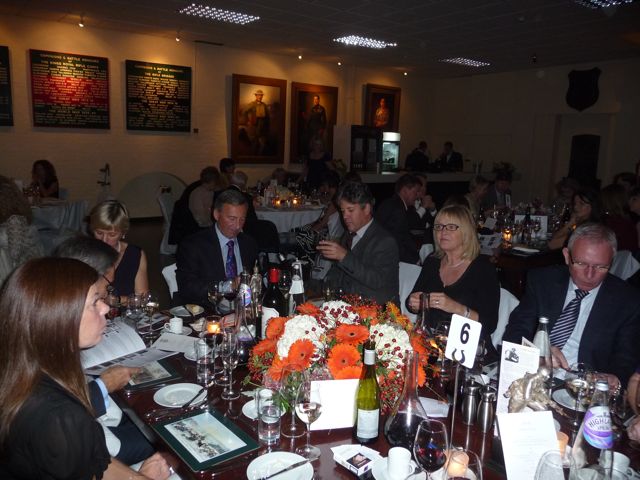Birdshot is an inflammatory disease, and if we can find out why we produce this inflammatory response, we may be well along the way to finding a cure. Continue reading
News On Stem Cells
The Shanghai Institutes for Biological Sciences has published a paper on Mesenchymal stem Cells (MSCs). The Institute believes that MSCs are emerging as a promising therapeutic approach of a cell-based therapy for a wide range of auto-immune disorders and degenerative diseases. Continue reading
Birdshot Day 2013 on 28 September in Boston, US
The next Birdshot Day will be held on 28 September, 2013 in Boston, United States. It is being hosted by Stephen Foster, whom many of you will know. Stephen has been an inspiration for all of us with Birdshot, and held the very first ever Birdshot Day in Boston in 2008. It was this meeting that inspired Annie and I to set up BUS. Continue reading
Easy Fundraising
If you want to help Birdshot Uveitis Society while you do your online shopping don’t forget to sign in to your Easy Fundraising account before you start your shopping. Continue reading
How Infection Can Trigger Autoimmune Diseases
We came across a fabulous article in the New Zealand Herald about work that Australian scientists, Tyani Chan and Robert Brink from Sydney’s Garvan Institute of Medical Research have undertaken. Continue reading
Birdshot Day 2013
Early news. BUS attended the International Uveitis Study Group in Greece last week (October 2012). While there, we had discussions with our lead consultants and with consultants from the US about the next Birdshot Day. Continue reading
Our First Winter Fund Raiser
 We held our very first winter fundraiser dinner dance on Saturday 3 November 2012. It was a truly amazing event.
Lorraine, the BUS fundraiser worked so hard to bring it all together - she is a true star. She is probably completely exhausted now, as she put in hours and hours of work to pull off a really professional, star studded evening. There were so many comments about the quality of the venue, the wonderful food, the great wines and the truly amazing auction and raffle items. Wow!
Lorraine is still finalising the income, but it looks as though she managed to raise £7,000 for BUS. What a miracle worker she is. Thanks, Lorraine to you and all your friends who made this possible. And thanks to all those who attended to help make the night so special and raise so much money.
Below are a few pictures from the event.
We held our very first winter fundraiser dinner dance on Saturday 3 November 2012. It was a truly amazing event.
Lorraine, the BUS fundraiser worked so hard to bring it all together - she is a true star. She is probably completely exhausted now, as she put in hours and hours of work to pull off a really professional, star studded evening. There were so many comments about the quality of the venue, the wonderful food, the great wines and the truly amazing auction and raffle items. Wow!
Lorraine is still finalising the income, but it looks as though she managed to raise £7,000 for BUS. What a miracle worker she is. Thanks, Lorraine to you and all your friends who made this possible. And thanks to all those who attended to help make the night so special and raise so much money.
Below are a few pictures from the event.
The Worm, yet again!
We have written many posts on helminthic therapy (worms) and they seem to be engendering a lot of interest in the research and scientific communities. Continue reading
Curcumin
We have posted before about curcumin and the possible benefits to our eyes.
A recent study at the Department of Cardiology, Union Hospital, Huazhong University of Science and Technology, China has looked at curcumin for autoimmune diseases. Continue reading
Qingkailing
Qingkailing is a chinese medicine formula which has been used for cerebrovascular diseases and some inflammatory diseases including uveitis. At one stage, about five years ago, there was some work in the US looking at the possibilities of using this for uveitis. It is given as an injection and has a number of ingredients including some traditional roots and flowers.
There has been a recent trial at Shandong University of Traditional Medicine Eye Hospital where qingkailing was injected into rats with autoimmune uveitis (Birdshot is an autoimmune uveitis). It was found that it could offer immunomodulatory effects.
If this is the case (it will need to be trialled on people too), it could be a possible alternative to the rather toxic systemic medications we currently have to take.
Read the full story at











